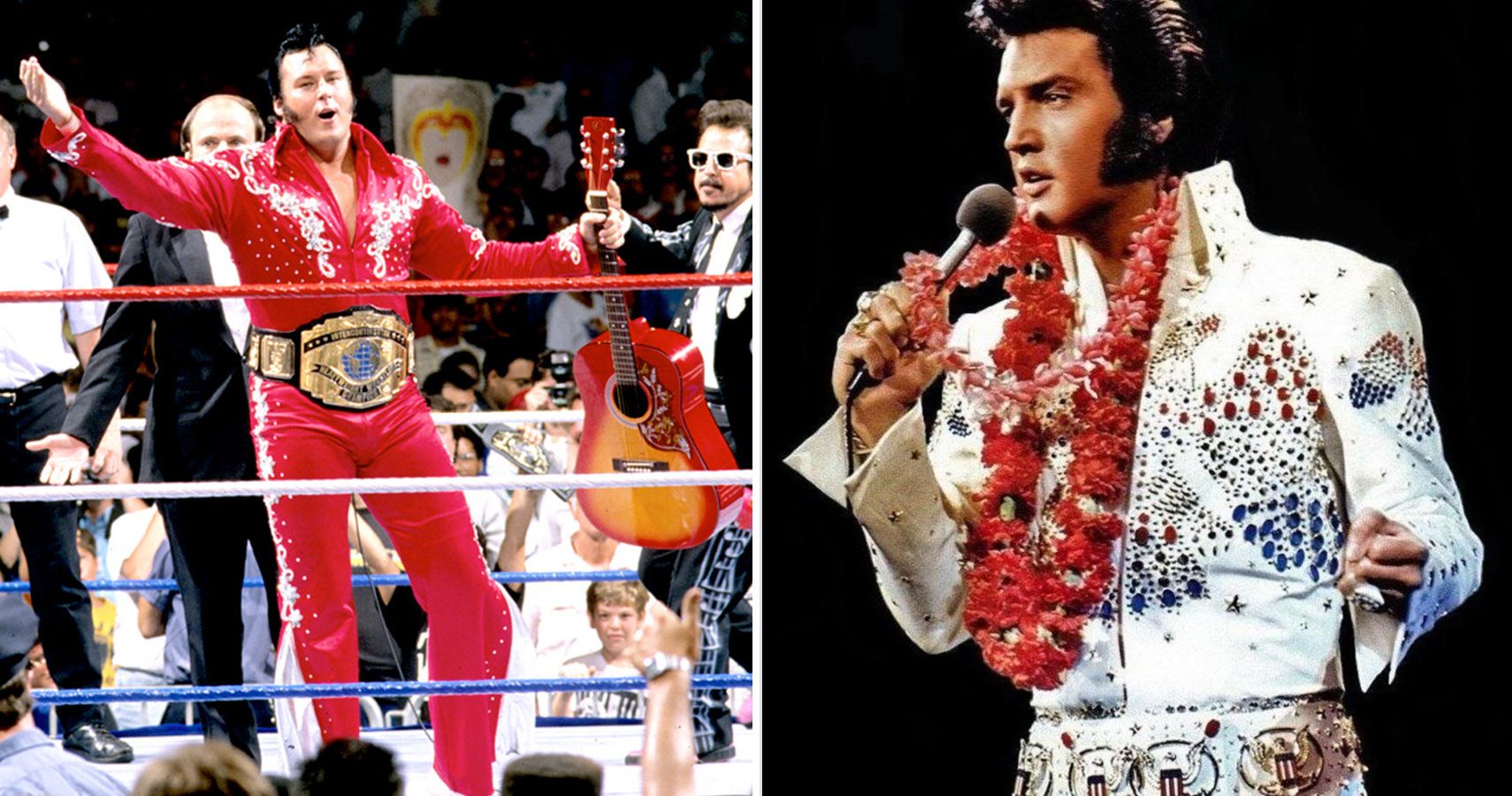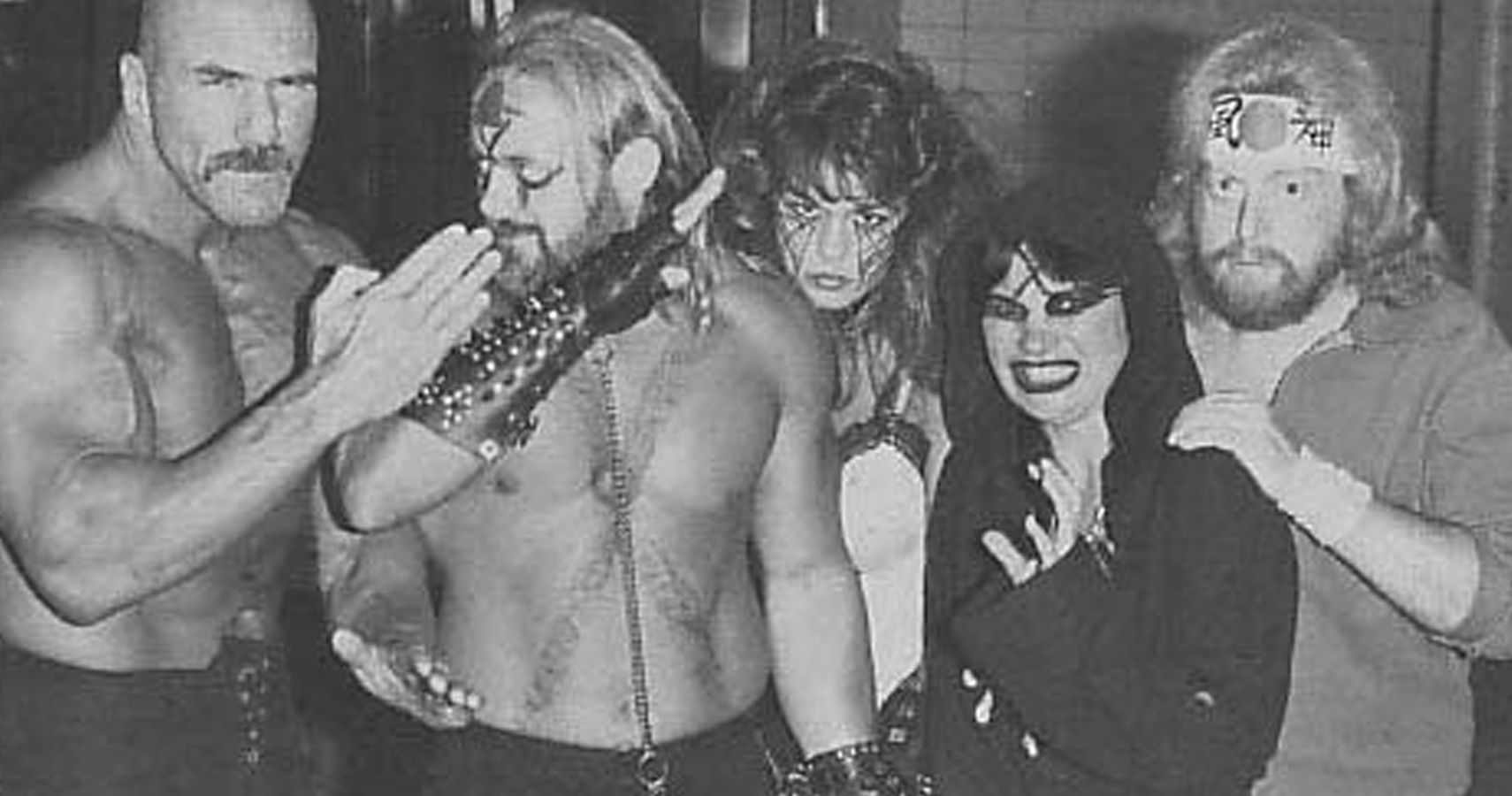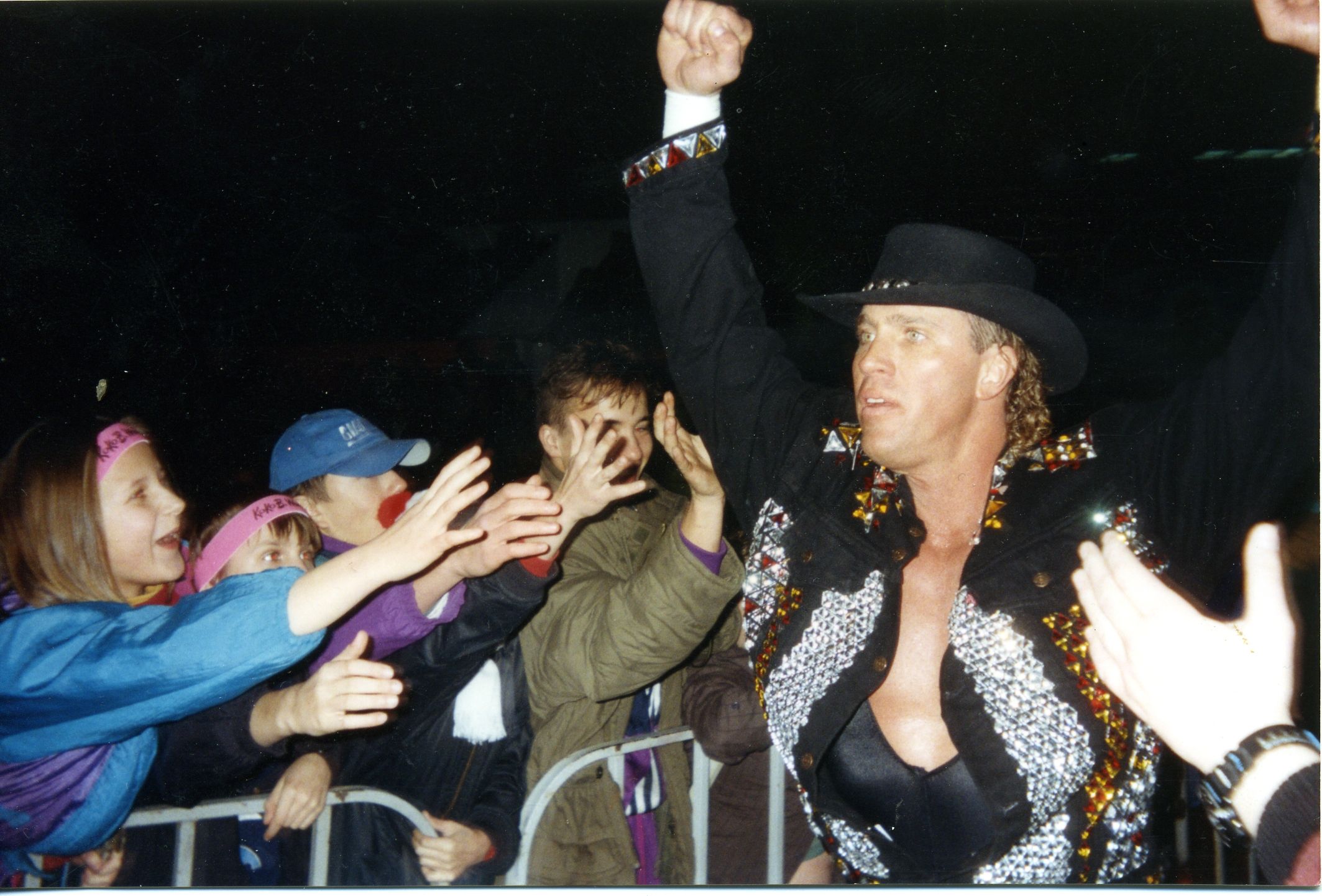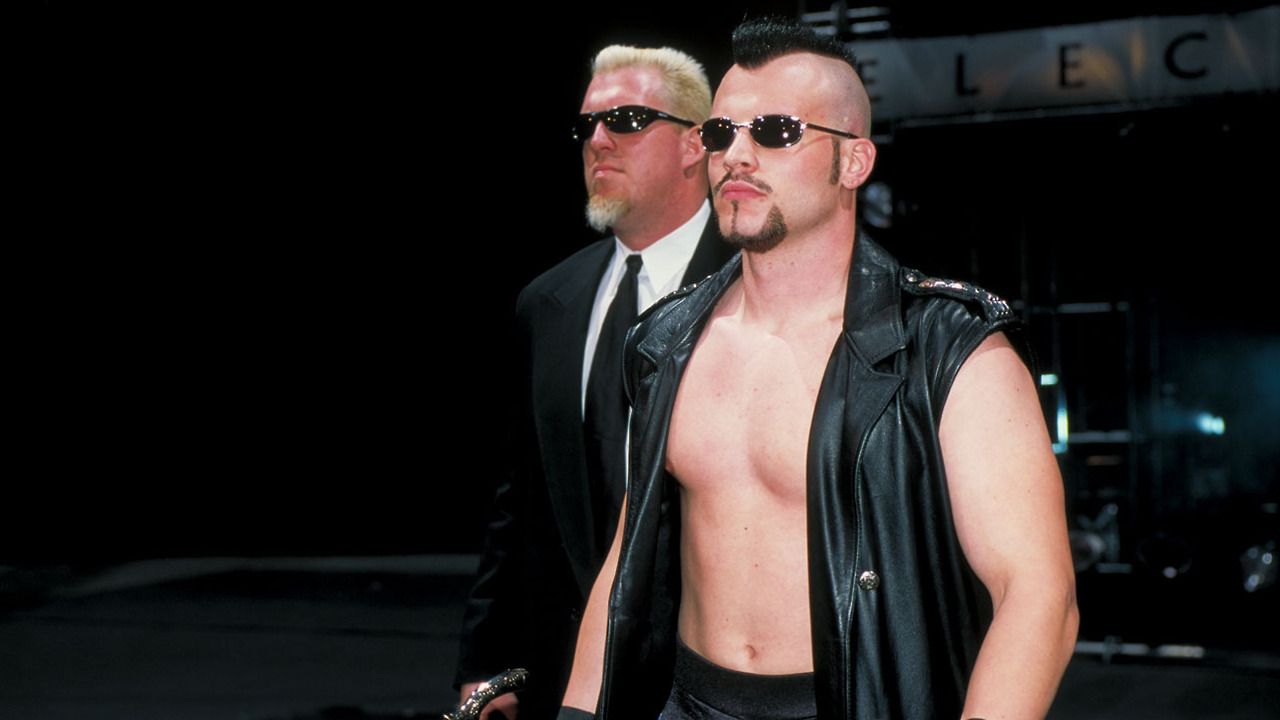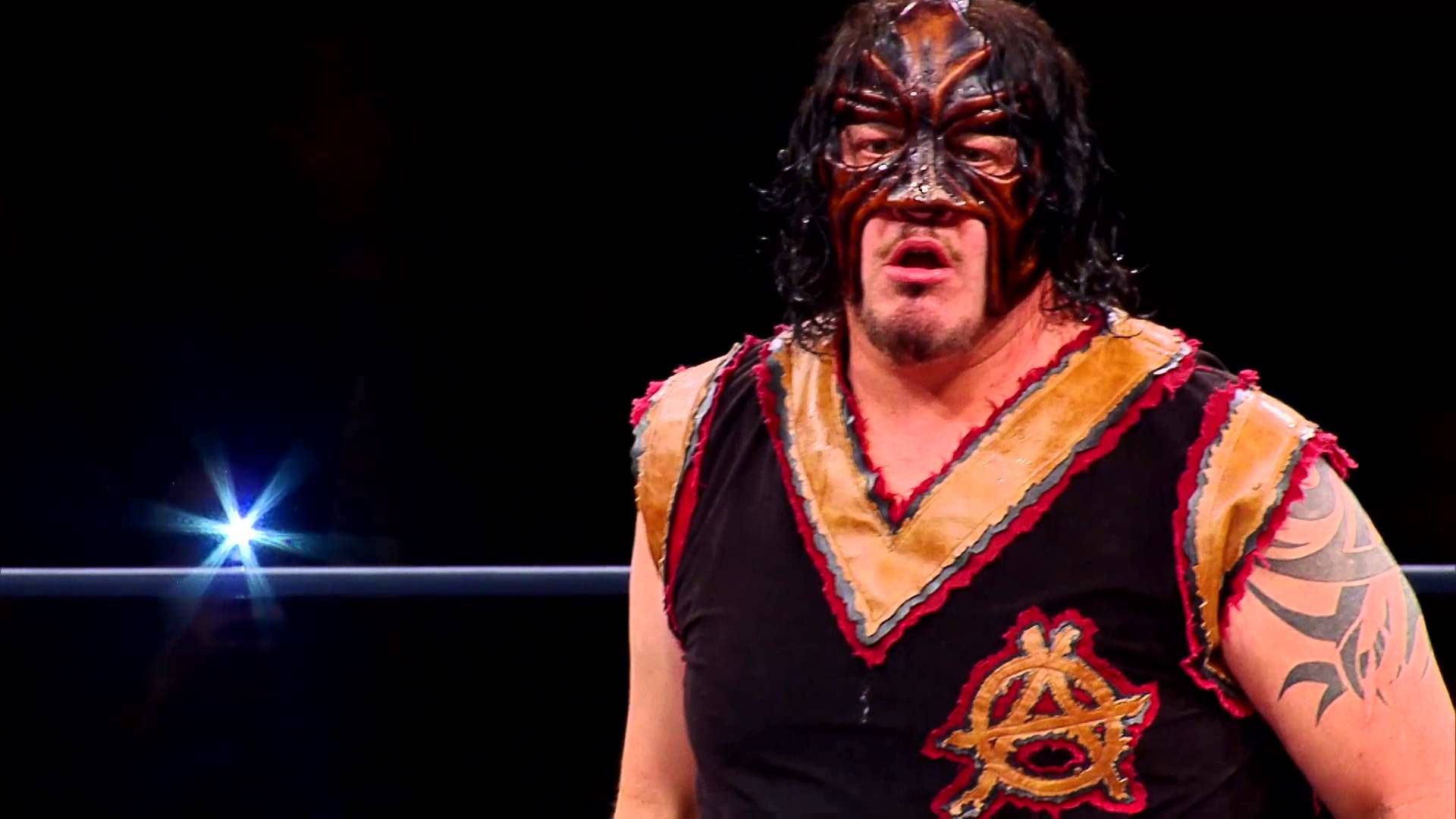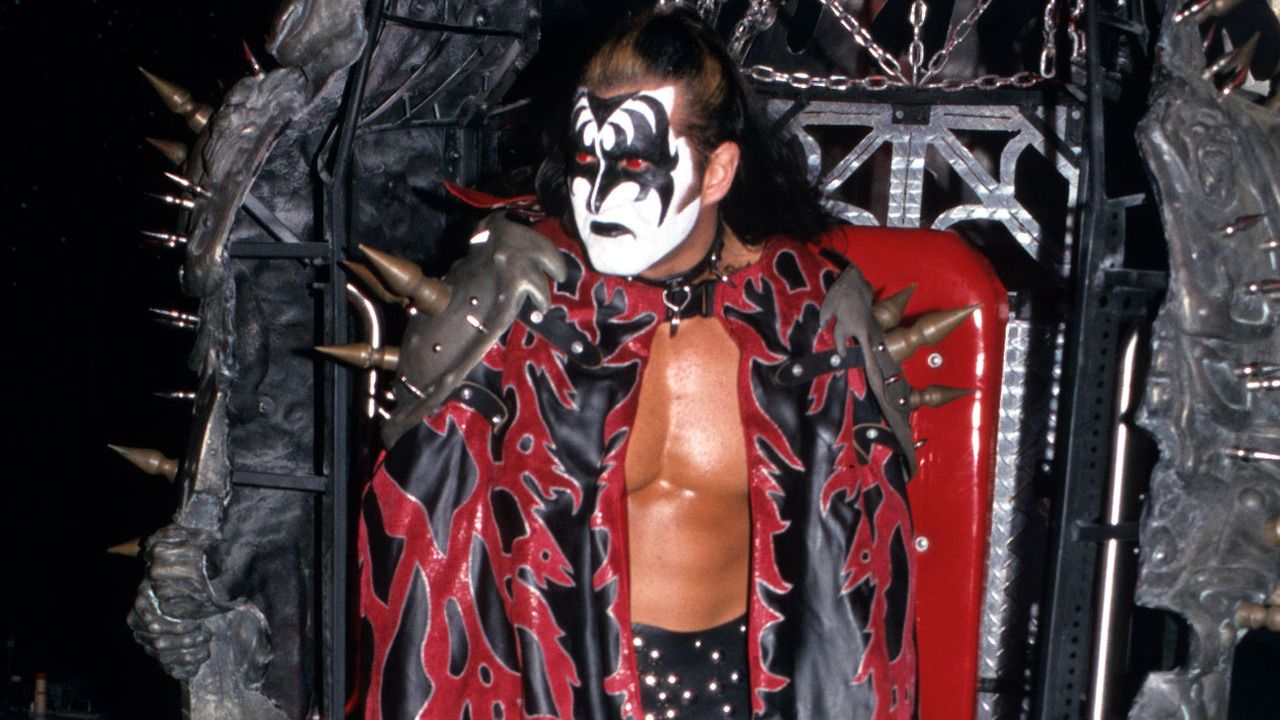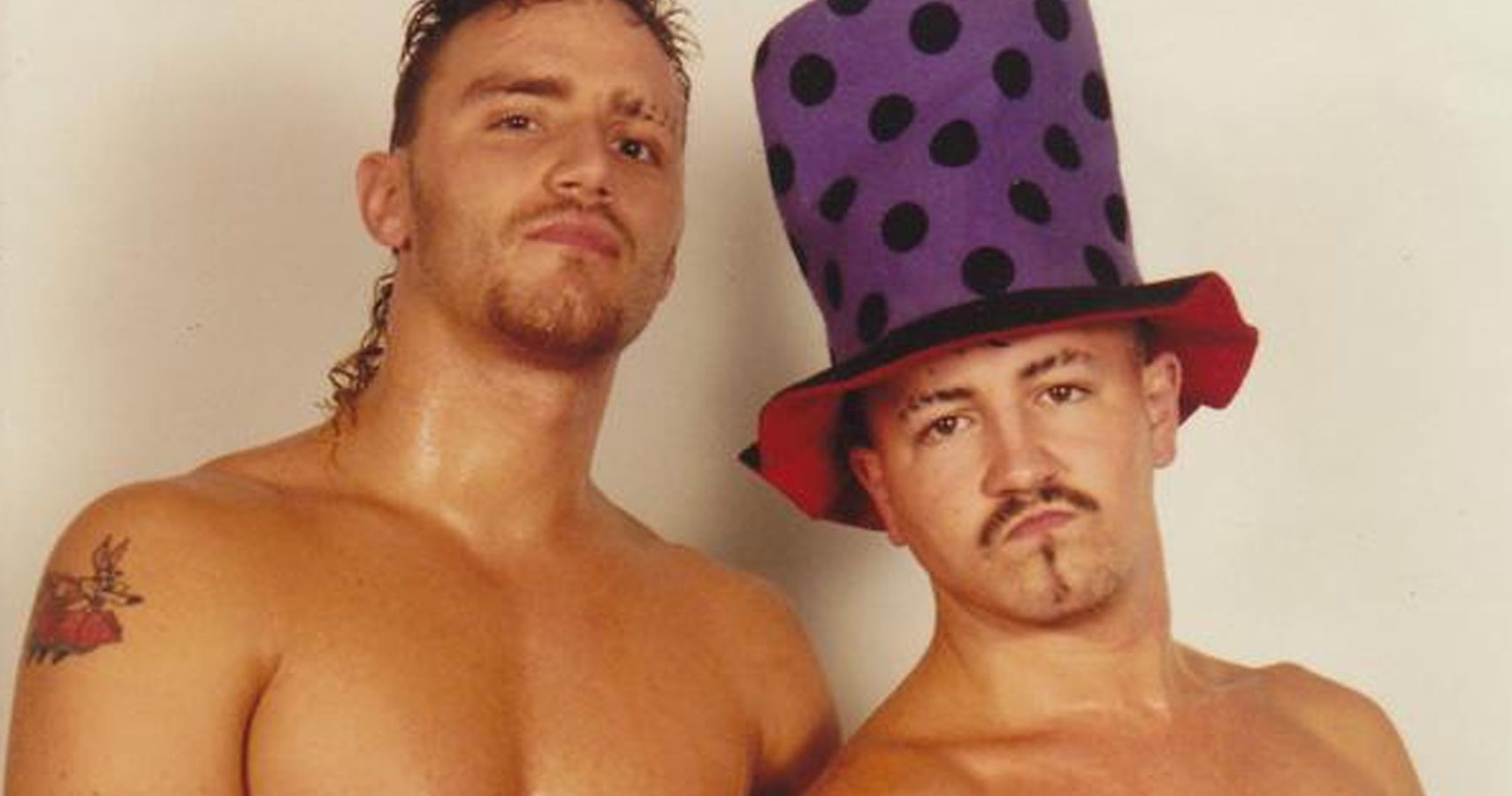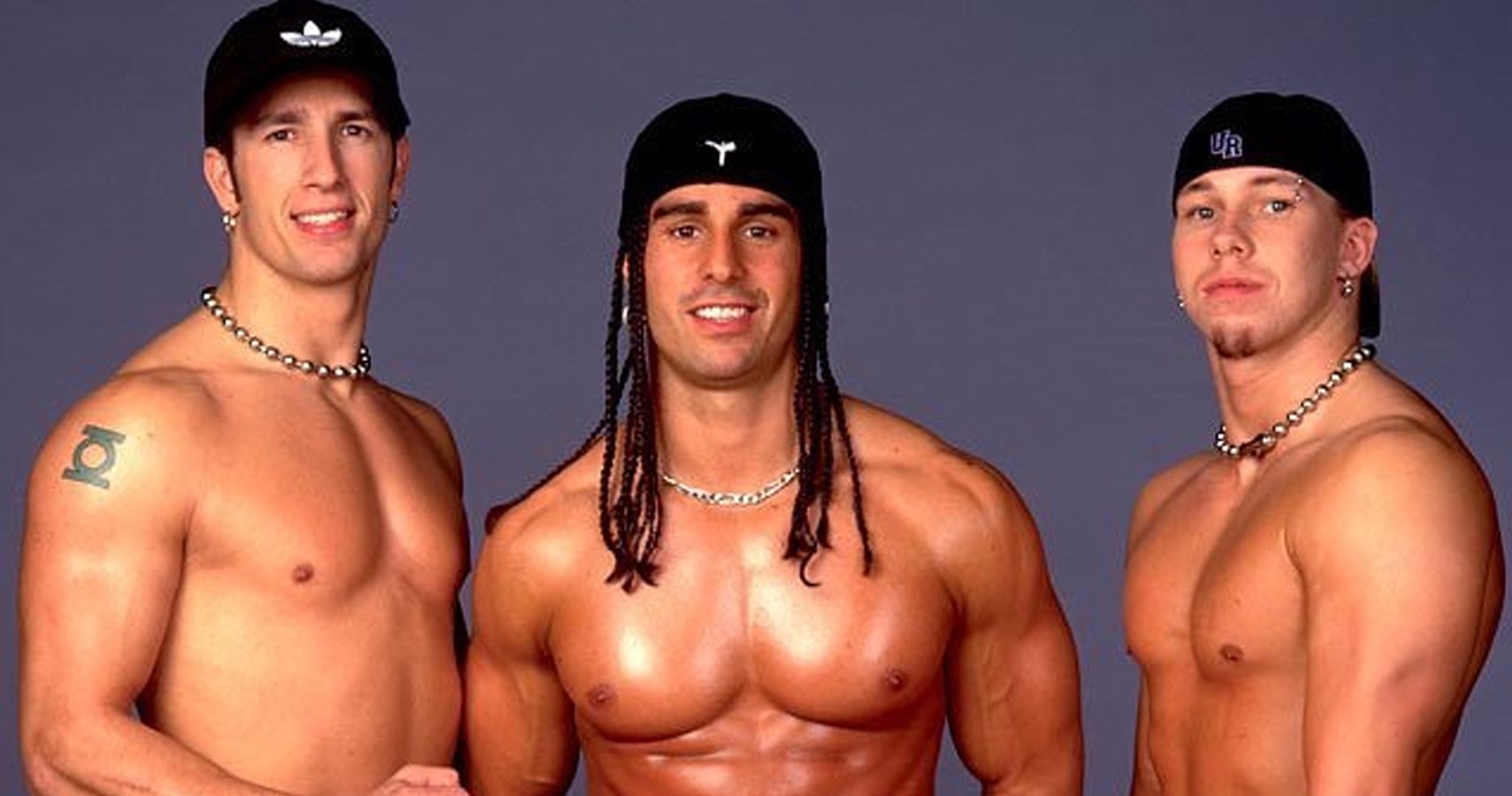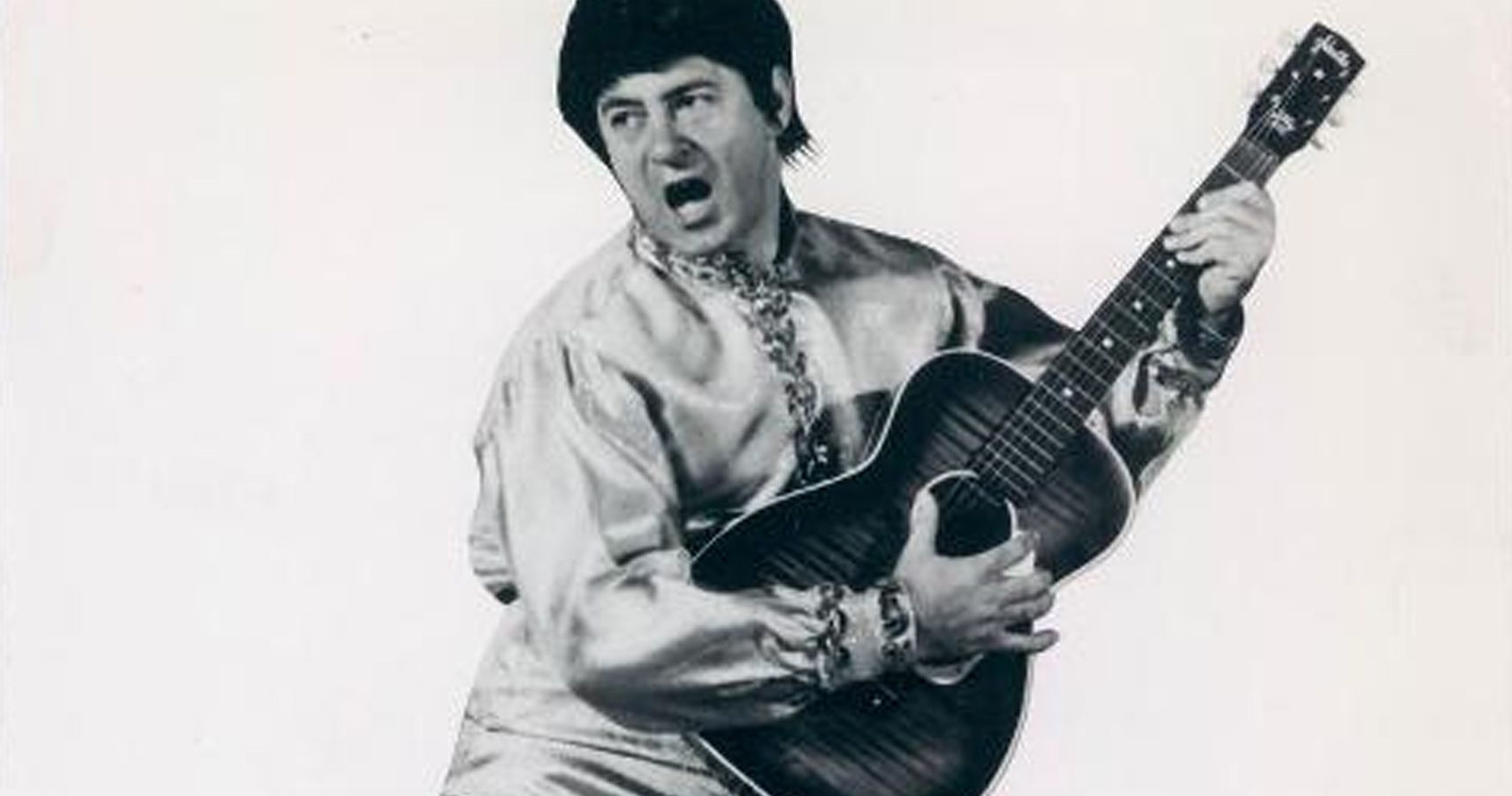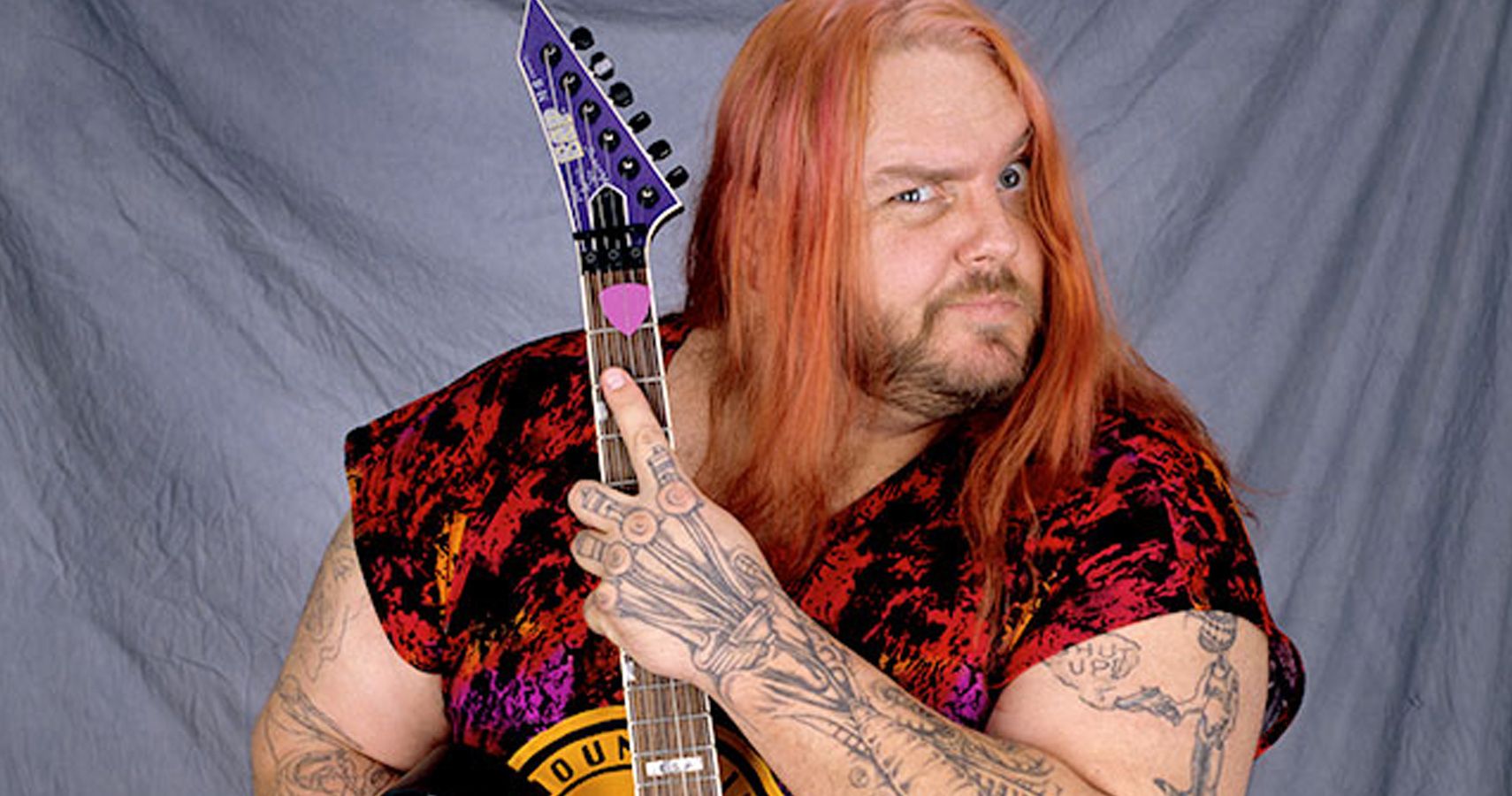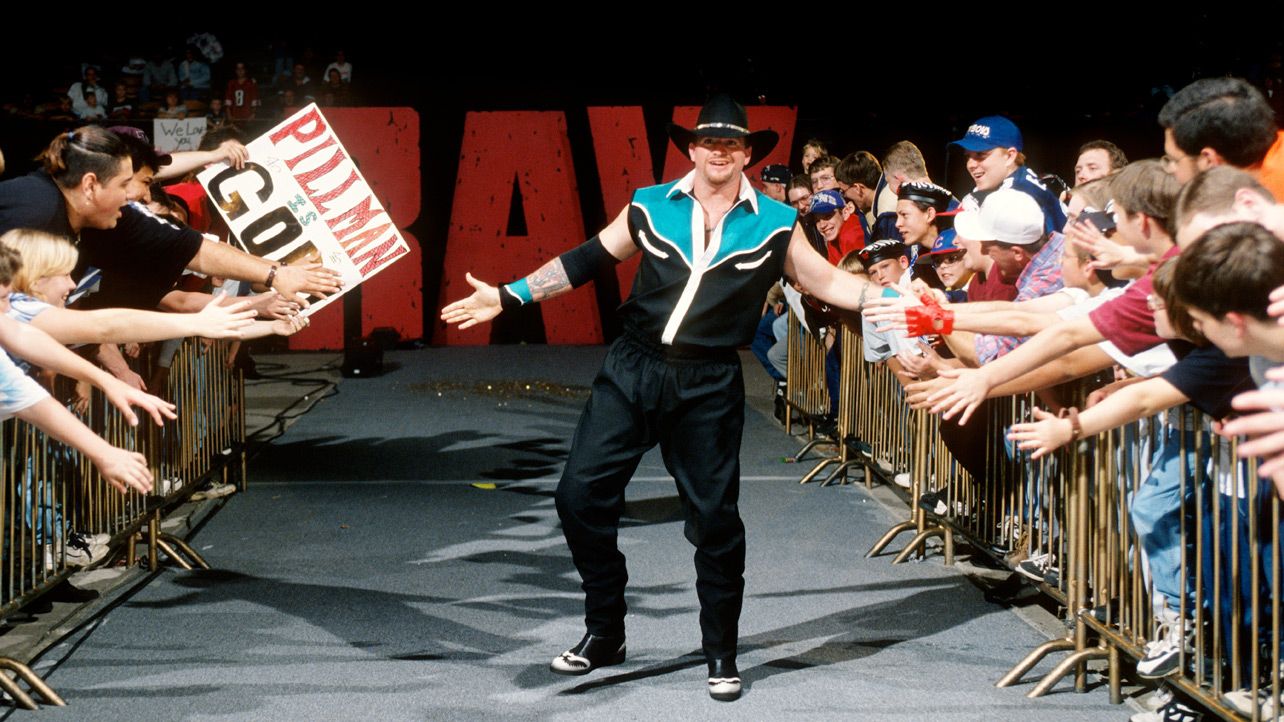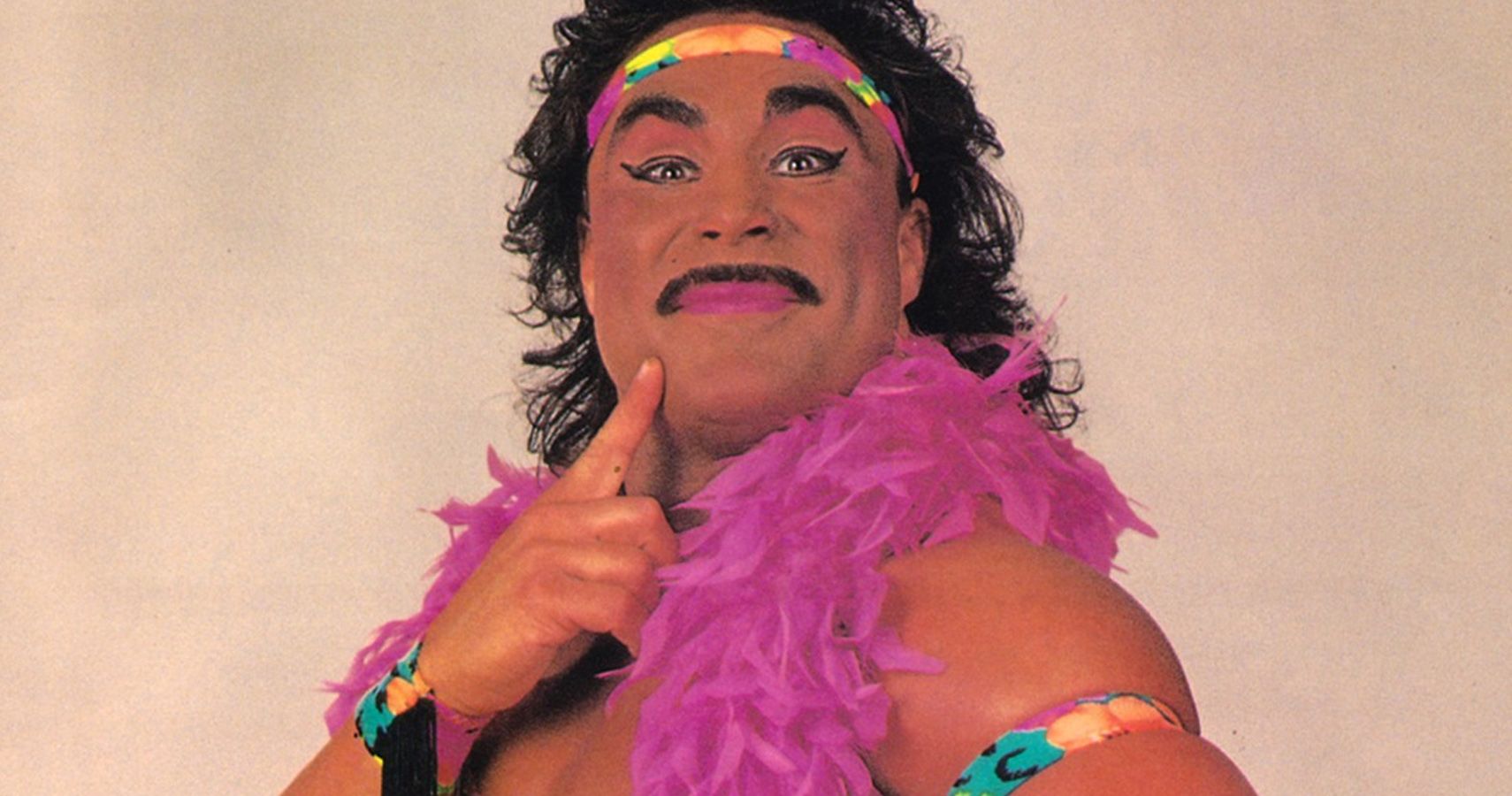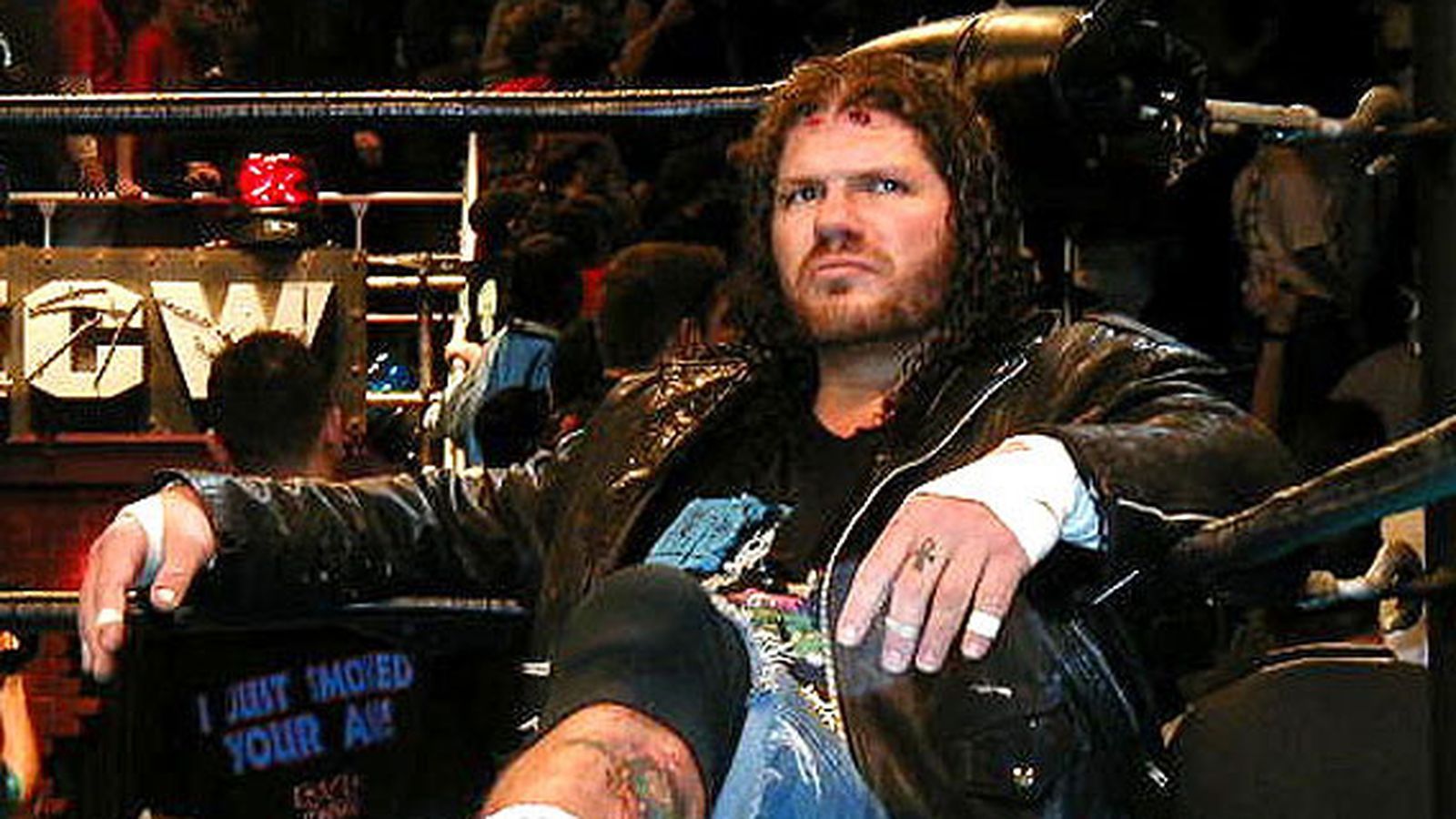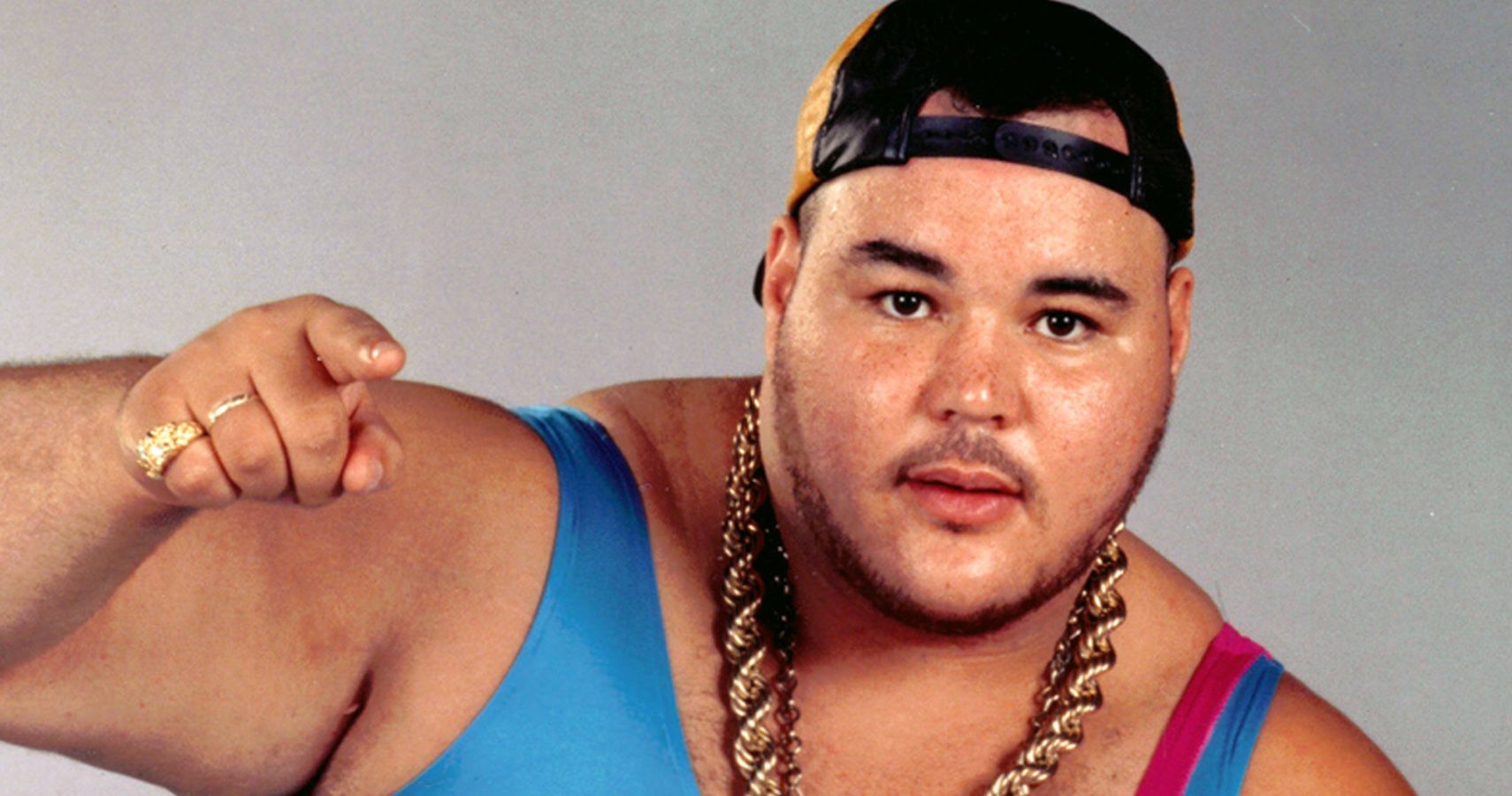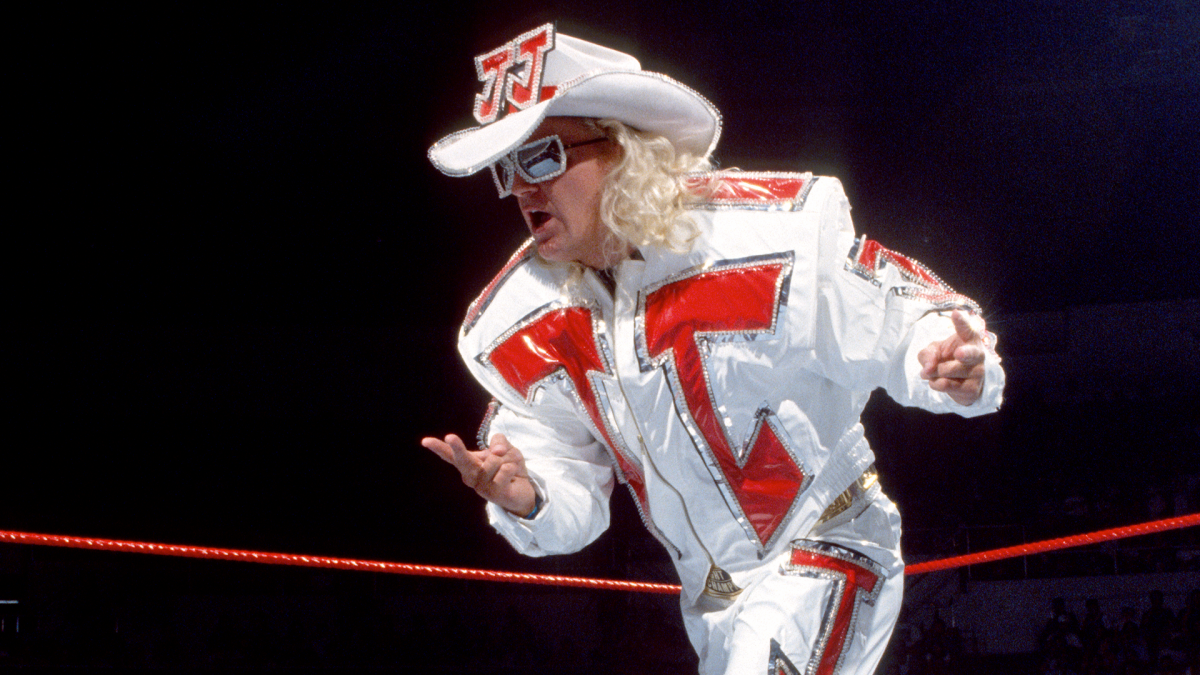Pro wrestling has always borrowed from other elements of pop culture. Actually, "borrowed" is a nice way of putting it. "Stealing" may be more appropriate. Back during the Wild West days of the territories, gimmicks and entrance themes paid no attention to copyright laws. Wrestlers like Michael Saxon (d'ya get it?) pantomimed the movements and mannerisms of the "King of Pop," while federations from WCCW to WCW and ECW used songs willy nilly as if nothing bad could happen. They didn't learn until the lawsuits.
The connections between popular music and pro wrestling are rich and varied. Sometimes pro wrestling gimmicks are obvious nods towards musicians or musical genres, while some fly under the radar as subtle references. Both are equally valuable in gaging the most important thing in pro wrestling: making money. If you can appeal to contemporary trends, then you might be able to get more butts into seats. Most of the time, music-inspired gimmicks flopped badly. Occasionally, talented workers could win over the fans despite such handicaps. Maybe your favorite music gimmick will appear on this list; maybe not. At the very least, this list will serve as a reminder of pro wrestling's unending ambition to be as relevant in pop culture as movies and music.
15 15. Kevin Sullivan
Kevin Sullivan portrayed a Boston babyface during the first half of his career. After starting up north (including a spell in Montreal), Sullivan relocated to Florida and began working the Southern circuit. He was popular enough, although certain fans down there didn't take too kindly to a stocky blond with a thick clam chowdah accent. By the 1980s however, Sullivan turned evil. In Championship Wrestling from Florida, Sullivan became the snake-wearing, face paint-wearing, swaggering and sexual occultist who turned good girls bad and made life hell for Blackjack Mulligan, the Windham brothers, and Dusty Rhodes.
Sullivan's most famous gimmick was inspired by the 1980s craze for heavy metal, especially theatrical metal. More specifically, in a shoot interview, Sullivan admitted that he found inspiration from watching early MTV. The music and style of Ozzy Osbourne and Billy Idol helped to inspire the "satanic" transformation of Kevin Sullivan. Nasty Savage, a Florida thrash metal band, returned the favor by writing songs dedicated to Sullivan's stable, The Army of Darkness.
14 14. Van Hammer
If my research is correct, Van Hammer may be one of the few professional wrestlers who never won a title, either a title for a well-known federation or a small indie organization. Watching his matches makes this lack of gold understandable. Despite having a great look and size, Van Hammer was, to put it politely, garbage in the ring. WCW tried to push him to the moon in the early 1990s, then kicked him down to the lower card until ultimately he wound up in Raven's Flock and Misfits in Action.
Debuting in 1991, Van Hammer was given the nickname "Heavy Metal." He portrayed a typical rock star in leather pants and Slash-style top hats. He even came to the ring wielding a Flying V guitar. His first video package is the very definition of cringeworthy, especially since the year it was released was the same year that Nirvana ushered in the grunge era. Later, in the mid-1990s, Hammer ditched the hair metal theatrics for a more hippie-meets-grunge look. Hammer still stunk in the ring, so WCW had him work arm wrestling matches instead.
13 13. Alex Wright
For kids watching wrestling in the mid-90s, Alex Wright, alias "Das Wunderkind," was fun, light-hearted entertainment. Many of us mimicked Wright's easy-to-copy dance moves on the playground, or laughed as we watched his matches together. Even to this day, Wright, along with wrestlers like La Parka and Roadblock, offers a fond memory about WCW's cheesy, but great undercard.
Although not based on anyone in particular Wright's gimmick as a dancing and dashingly handsome European (German specifically) was based on the culture surrounding techno and house music. This fact was underscored by Wright's entrance music--a pulsating, if not drab dance music composition. In sum, Alex Wright was Euro trash personified. WCW's mainly Southern fanbase ate it up.
12 12. Abyss
A mainstay of TNA, Abyss has undergone several gimmick overhauls over the years. At one point, he portrayed a goofy version of himself as Joseph Park (his real name). Nowadays, Abyss has ditched his usual mask in favor of glow-in-the-dark face paint and is a member of the heel stable Decay. At the very beginning however, Abyss's overall look and his presentation clearly indicated that the gimmick was based on one band in particular.
Wearing a cut-up mask and a shirt with the anarchy "A" symbol, Abyss looked like one of the members of the metal band Slipknot. While his music was a far cry from the band's style, Abyss, along with his manager James Mitchell (The Sinister Minister in ECW), was sort of a caricature of metal culture and its emphasis on dark and macabre themes. As much as he's TNA's Kane, Abyss is actually TNA's one man metal band.
11 11. The KISS Demon
This one is glaringly obvious. In fact, Eric Bischoff, who's apparently a KISS mark, agreed to let KISS close out a Nitro episode so that the company could have wrestler Dale Torborg work as a beefed up version of Gene Simmons. Not only was the KISS episode on Nitro a bust, but the KISS Demon's entire run was a disaster.
A glorified jobber with an elaborate entrance, the KISS Demon spent the majority of his WCW run feuding with Vampiro, another wrestler with a spooky gimmick, and the Insane Clown Posse. The Demon and Vampiro even had a match in a graveyard just in case you didn't quite get it. In the end, the KISS Demon did little to save a declining WCW. KISS just couldn't reach the young male demographic during the late '90s and early 2000s. Go figure.
10 10. PG-13
While they made it to the WWE, PG-13 were never as big in New York as they were in Memphis. Composed of Wolfie D (Kelly Wolfe) and J.C. Ice (Jamie Dundee), PG-13 ruled the tag team scene in Jerry Lawler's United States Wrestling Association. In interviews, the pair amplified their gimmick as white boy rappers. Like ECW's The Public Enemy (another pair of white boys into hip hop), PG-13 came to the ring with Ini Kamoze's "Here Comes the Hotstepper" blaring behind them.
In the USWA, PG-13 were a hit with the kids. As babyfaces, they were well positioned as representatives of the younger generation in what was primarily an old timer's territory. Once they went up North, the gimmick fell flat. A lot of this had to do with backstage unprofessionalism. Still, PG-13 did get a lot of screen time, except instead of a tag team, they were The Nation of Domination's hypemen.
9 9. 3 Count
Thank goodness for The Hurricane. Without this gimmick, Shane Helms would be best remembered as one of the members of 3 Count. During the waning days of WCW, 3 Count was formed as a comic relief stable inspired by the late 1990s fad of boy bands. Members included not only Helms, but also Shannon Moore and Evan Karagias. The three cruiserweights shimmied and shaked their ways across the screens, while most of the crowd either laughed or booed. They believed that they were a real band and even debuted songs on WCW programing. Surprisingly, they enacted the Free Bird rule (sort of) when they won the WCW Hardcore Championship.
The most memorable thing 3 Count ever did was a storyline involving the former UFC fighter Tank Abbott. The writers made Abbott 3 Count's biggest fan. Wrestling matches and bad comedy soon followed.
8 8. George Ringo
Beatlemania during the 1960s made Hulkamania of the 1980s look like a minor fad. Screaming teenager girls and boys with shaggy hair became the majority after the four lads from Liverpool arrived in America. The Beatles not only sold millions of records and sold out Shea Stadium in New York, but they also made movies and inspired television shows and cartoons. Beatlemania even gave us George Ringo, the Wrestling Beatle.
Portrayed by the Chicago wrestler Bob Sabre, a veteran since the late 1940s, the George Ringo gimmick was primarily seen by fans in Toronto, Indianapolis, and Chi-town. The few pictures of George Ringo that remain show him strutting his stuff with an acoustic guitar and a mop top wig. Interestingly, it is believed that Dick the Bruiser, the gruff and cigar-chomping fan favorite of the AWA, came up with the gimmick while promoting his own territory, the World Wrestling Alliance.
7 7. Man Mountain Rock
The WWE was certainly not averse to over-the-top silliness in the mid-90s. As the New Generation Era dragged on, Vince McMahon and company bombarded their audience with one bad gimmick after the other. There was an evil dentist (Dr. Isaac Yankem), a trash collector (Duke "The Dumpster" Droese), and a baseball player (Abe "Knuckleball" Schwartz). A rock star fit right in with all of this madness.
Debuting in 1995, which was arguably the worst year in wrestling history, Man Mountain Rock (portrayed by Darryl Peterson) was the WWE's answer to Van Hammer. Like Hammer, Man Mountain Rock would shred on the guitar before and after his matches. Behind the scenes, Peterson, using his old WCW name Maxx Payne, filmed an uncensored look at the wild antics of his fellow wrestlers. Some of these antics included real rock star behavior, from drugs to prostitutes.
6 6. The Roadie
Before he became the immensely popular Road Dogg, Brian "B.G." James was just The Roadie. From 1994 until 1996, The Roadie was just that--a roadie for the country music superstar Jeff Jarrett (more on him later). During Jarrett's matches, The Roadie would feed him water and towel him down. Also, as a sort of heel manager, The Roadie did his part to guarantee that his employer won his matches.
When it came time for The Roadie to turn babyface, it was revealed that Jarrett's kayfabe big single, "With My Baby Tonight," was actually sung by The Roadie. As a result, following their split, The Roadie began singing his way to the ring. This gimmick ended when The Roadie and Rockabilly (Billy Gunn) turned on The Honky Tonk Man in order to form The New Age Outlaws.
5 5. Johnny B. Badd
Marc Mero, a former Golden Gloves boxer from western New York, debuted in WCW with one of the most outlandish and effeminate gimmicks in pro wrestling history. Created by booker Dusty Rhodes, Mero became Johnny B. Badd, a wrestler whose name was based on a Chuck Berry hit from the 1950s. Badd was nothing less than a Little Richard lookalike. Badd copied the mannerisms and the theatrics of the rock and roller. He also had a habit of shooting confetti from a hand canon. Despite the fact that the gimmick was based on musicians that had been huge almost forty years prior, Johnny B. Badd worked in early 1990s WCW and Mero won the WCW World Television title three times.
According to various shoot interviews, Vince McMahon loved the Johnny B. Badd character so much that he offered Mero a lucrative contract to join the WWE in 1996. Because WCW owned the gimmick, Mero became "Wildman" and won the Intercontinental title. Unfortunately for Mero, WWE's writers were more interested in his wife Sable. By the time of the Attitude Era, Sable was a star and Mero was a punchline.
4 4. Raven
Scott Levy is rightfully recognized as one of the geniuses of pro wrestling. Raven is the apex of Levy's talents. After a run of terrible gimmicks, including the Florida surfer Scotty Flamingo and the preppy WWE manager Johnny Polo, Levy went down to ECW and became Raven--a nihilistic, depressed, and somewhat sociopathic character who quoted Edgar Allan Poe and headed his own cult called Raven's Nest.
As befitting ECW's interest in keeping their content edgy and up-to-date, Raven's gimmick was inspired by the grunge music genre. Raven not only referenced Kurt Cobain in some of his promos, but he even dressed like a stereotypical "slacker" in leather jackets, torn jeans, and flannel shirts. As if this wasn't enough, Raven frequently wore band T-shirts to the ring. Examples include the 1980s Goth rock band The Cult and heavy metal act Nevermore.
3 3. P.N. News
"Yo, baby, yo." That was P.N. News's main catchphrase. Long before John Cena, The Public Enemy, and PG-13, P.N. News was the original white rapper of pro wrestling. Paul Neu, as P.N. News, would rap in the ring before his matches while wearing a large gold chain around his neck and a hat that was sometimes cocked sideways. In the early 1990s, this is what WCW thought rappers looked like. Neu was not the world's greatest rapper, and for the most part, his gimmick was designed to be comical. Again, despite being so obviously ridiculous, the fans loved the chunky wordsmith.
P.N. News is Neu's most famous gimmick by far. Elsewhere, Neu, a native of Nebraska, wrestled the various independent promotions of Europe as Cannonball Grizzly. Neu even spent time in ECW as one of Da Baldies and wrestled on ECW pay-per-views where chairs were swung and tables were broken.
2 2. Jeff Jarrett
The son of legendaryMemphis promoter Jerry Jarrett, Jeff Jarrett was always tapped for stardom. During his early years in Memphis, Japan, and Puerto Rico, Jarrett played a typical blond babyface who wrestled clean and got the crowd on his side because he was so good. When he joined the WWE in 1992, he initially maintained his position as a babyface. But, by 1993, Jeff Jarrett became "Double J" and started working as a heel. His new gimmick saw Jarrett as an egomaniacal country music star.
Most likely based on singer Garth Brooks, who saw highpoint of his success during the early 1990s, the "Double J" gimmick was all about excess and bombast. With his light-up glasses and all-white suits, Jarrett epitomized the money making machine of Nashville. The WWE even gave Jarrett his own hit single and accompanying music video.
1 1. The Honky Tonk Man
Was there ever any doubt? Roy Wayne Farris struck gold when he became the Elvis impersonator known as The Honky Tonk Man. After perfecting his in-ring work in Memphis, Farris debuted in the WWE as The Honky Tonk Man in 1986. Originally a babyface, The Honky Tonk Man did his best work as a heel alongside manager Jimmy Hart. Hart, who been a member of the 1960s rock band The Gentrys, gave Farris's gimmick even more credibility.
To this day, The Honky Tonk Man's rockabilly theme entitled "Cool, Cocky, and Bad" remains one of the greatest WWE compositions of all time. As with Johnny B. Badd in WCW, the dated quality of The Honky Tonk Man's gimmick didn't seem to hurt him. Indeed, the former staple of the Royal Rumble event still holds the record for the longest single reign as the WWE Intercontinental champion. Not bad for a guy just aping Elvis.

